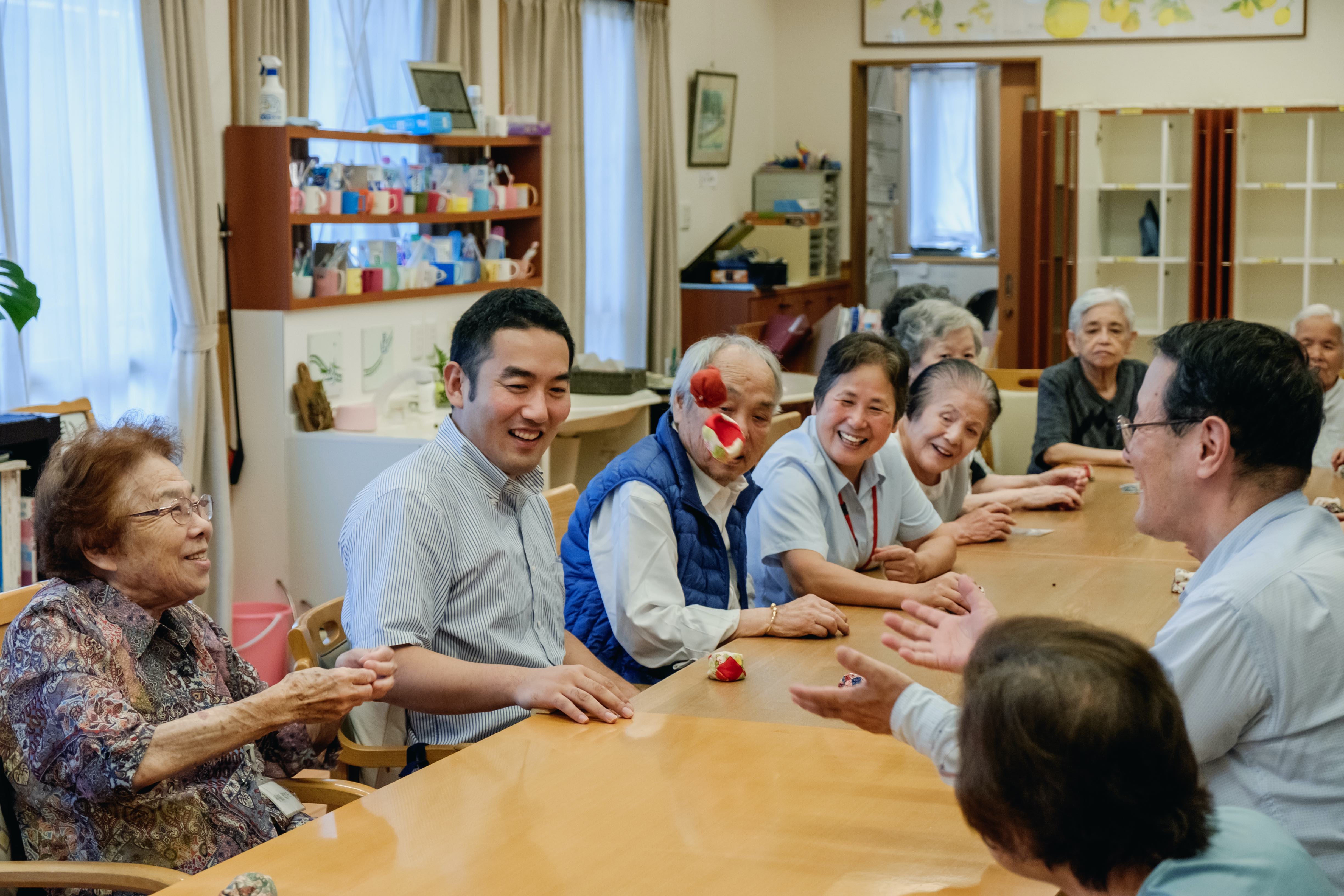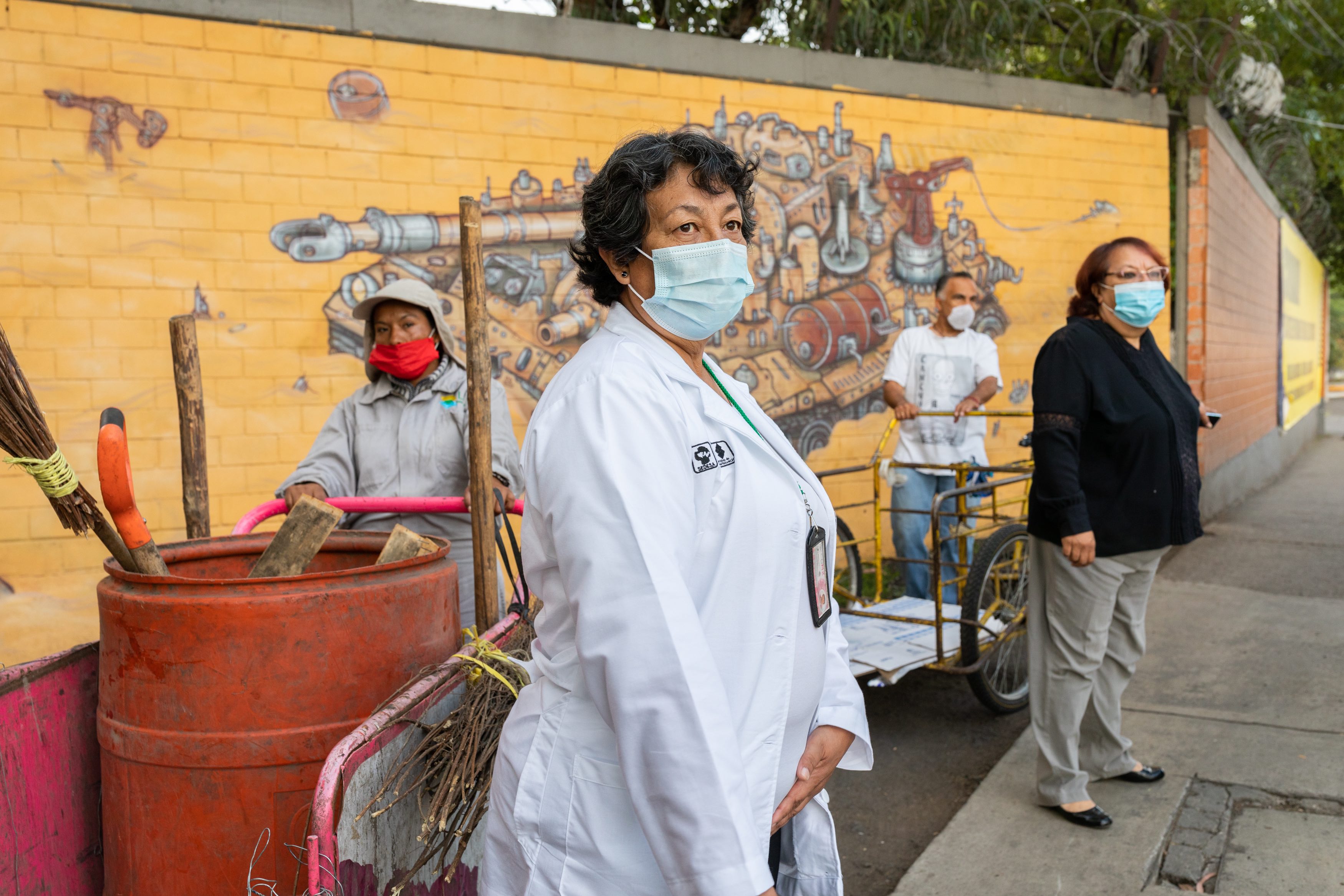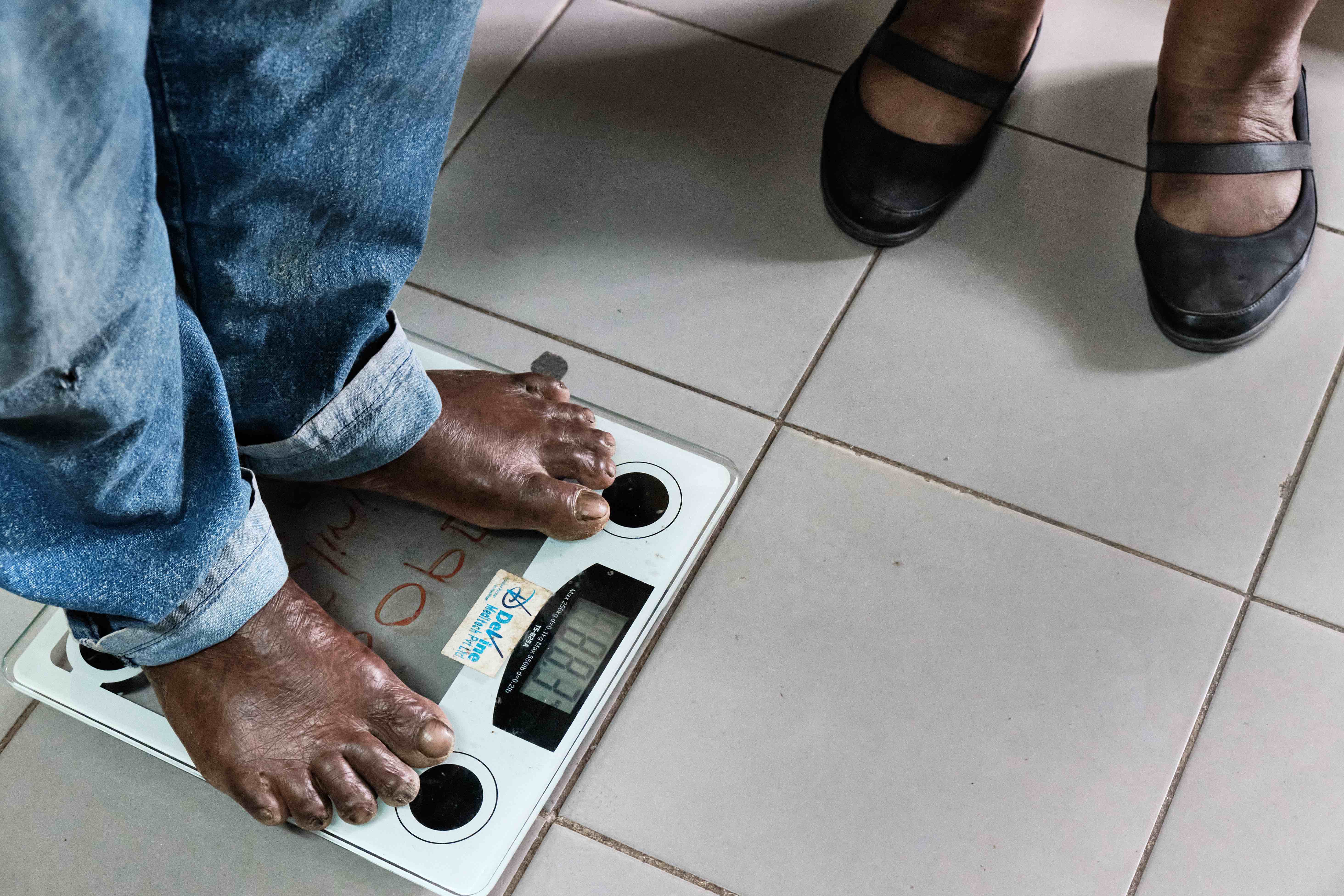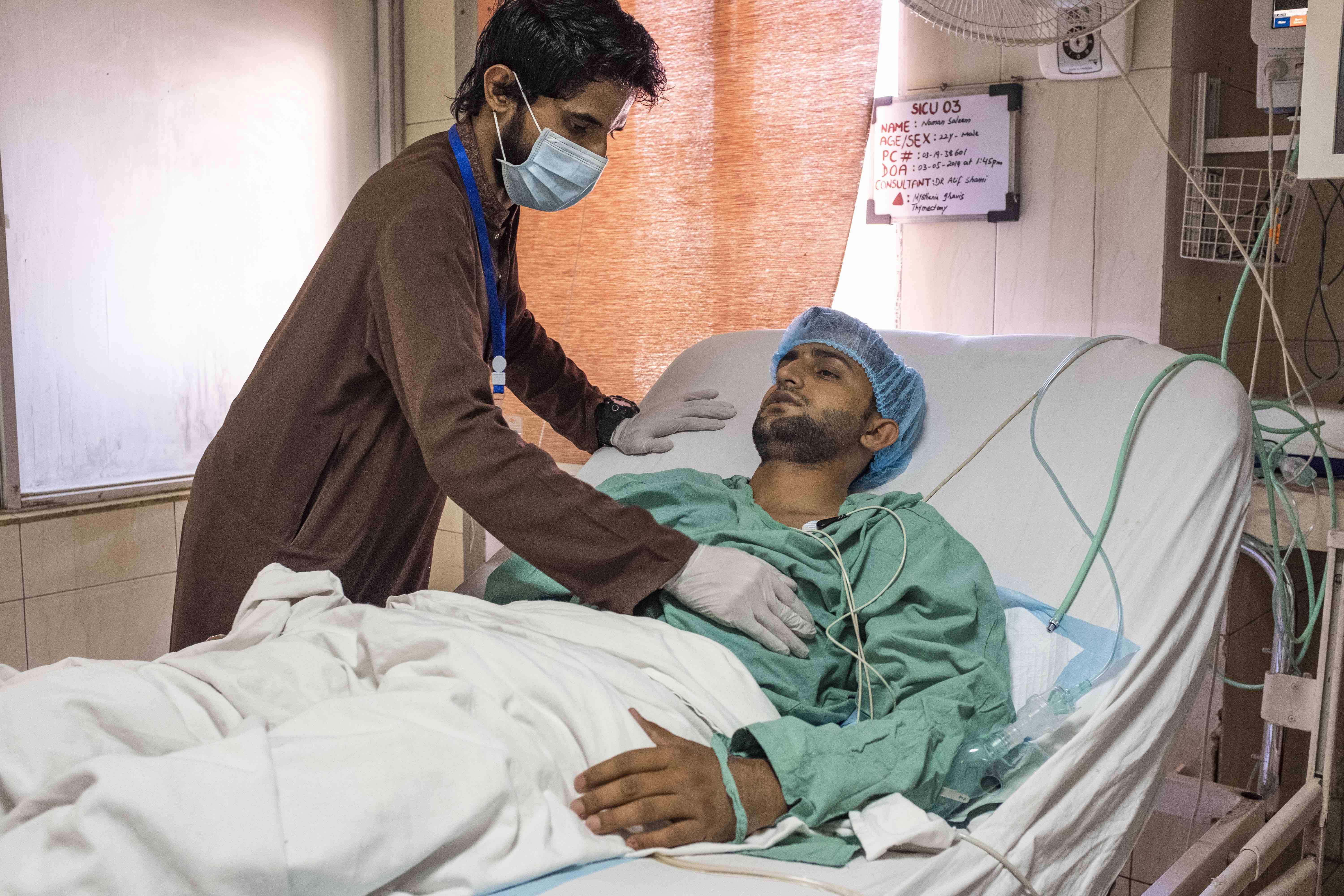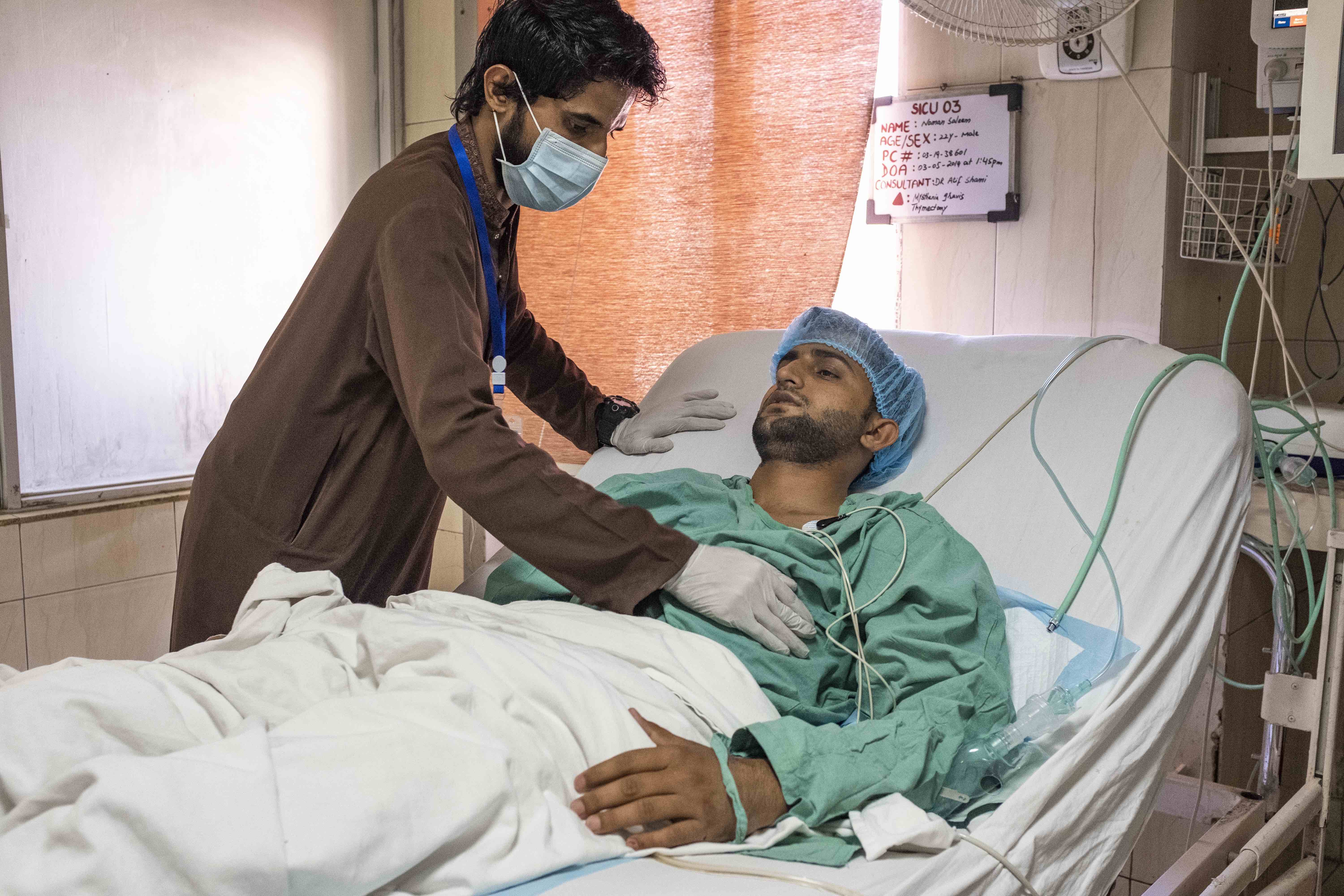VicHealth
Mental health and wellbeing support in sport: Tips for selecting a provider
Fact sheet
24 Apr 2021
This summary provides recommendations to help sporting clubs, leagues and associations to select a provider offering safe and effective programs. Click Access, for more info.


